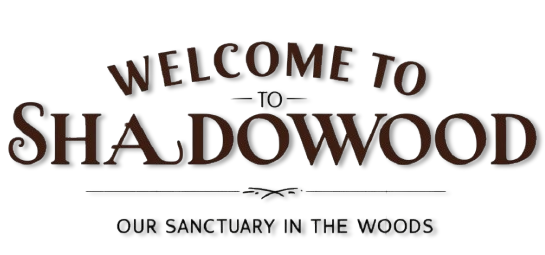Q. What are the general differences in temperament between a filly (mare) and a gelding? Should the gender of the animal be a determining factor in purchasing a horse?
A. I have always been one to evaluate horses as individuals rather than making sweeping generalizations about groups, but since you asked, I will make a few general comments here.
The only group of horses that I would comfortably identify as *unsuitable* for the average rider are stallions. Unfortunately, some geldings are not as removed from stallion behavior as one would like. Some ridgelings look like geldings but may be retaining one testicle in the abdomen complete with all hormones producing stallion attitude and activity. There are cut-prouds in which the small bulb at the top of the testicles was not removed during gelding, and who may continue to behave like stallions. Then some geldings were gelded late in life after a period of breeding service, and wtheyare not likely to completely abandon their stallion behaviors even after gelding. The majority of geldings, however, are not sexually preoccupied and are therefore fairly steady. Of course, there are no generalities to be made about any horse’s nature. While one gelding may be quiet, relaxed, and slow, another may be eager, alert, and quick.
Mare’s behavior is a bit more difficult to anticipate. Some mares become a little challenging to handle around other horses when they come into estrous, while others will maintain a steady behavior and attitude throughout their reproductive cycles.
So, we are back to the beginning. Evaluate individuals, not genders. If you want a breeding animal, you will not be lookinforto a gelding as an option. But if you are looking for a riding companion, ASK QUESTIONS. Ask if the gelding minds his manners around mares in heat. Ask if the mare minds her manners when in heat. BE OBSERVANT. Ask to see the horse ridden with a group of other riders, and watch to see how the horse responds to the other mounts. Keep an eye out for signs of aggression or ‘flirting’.
